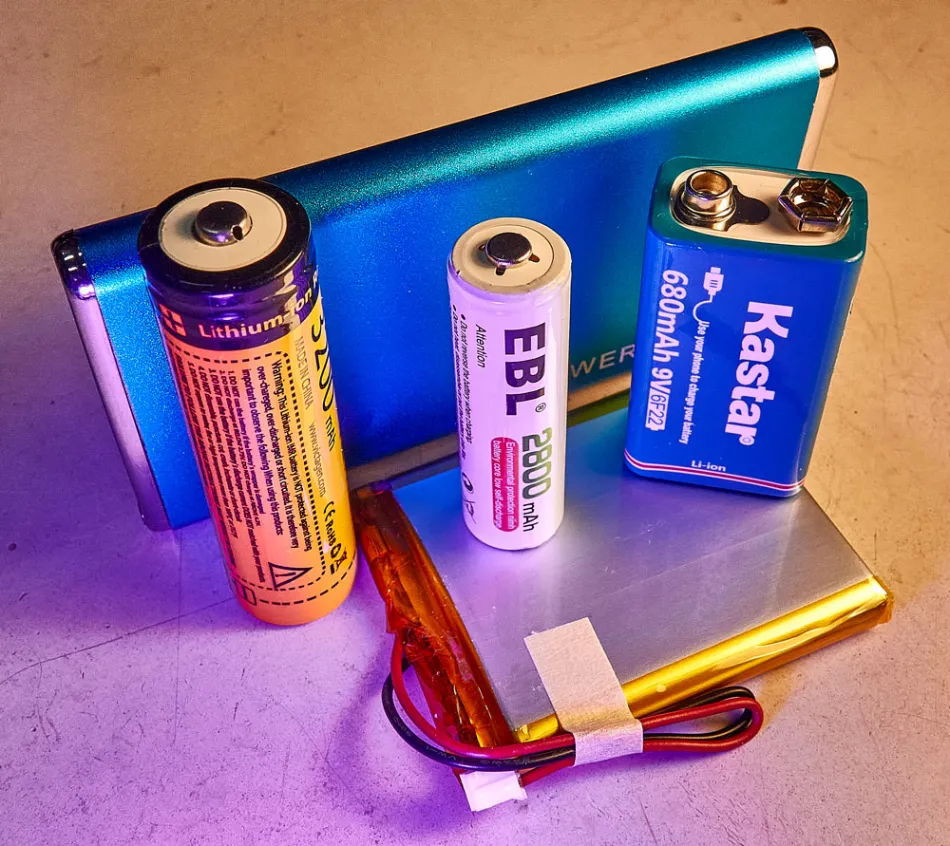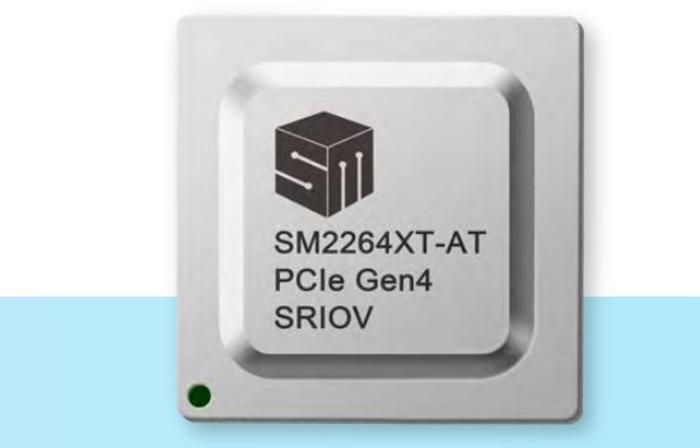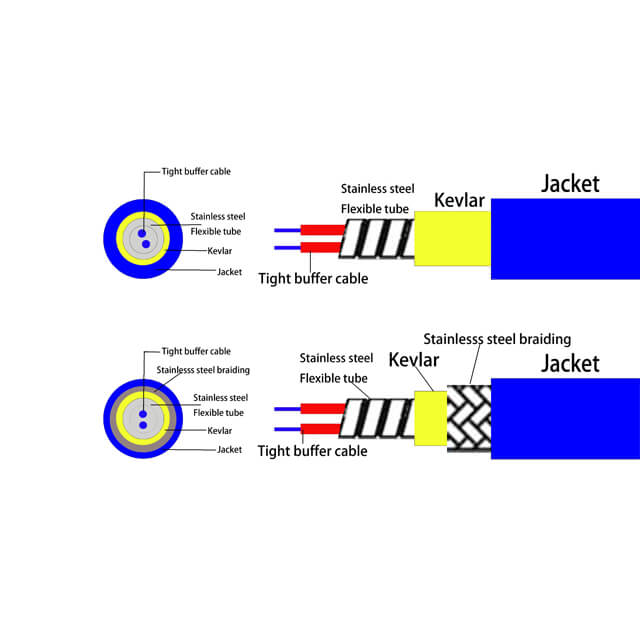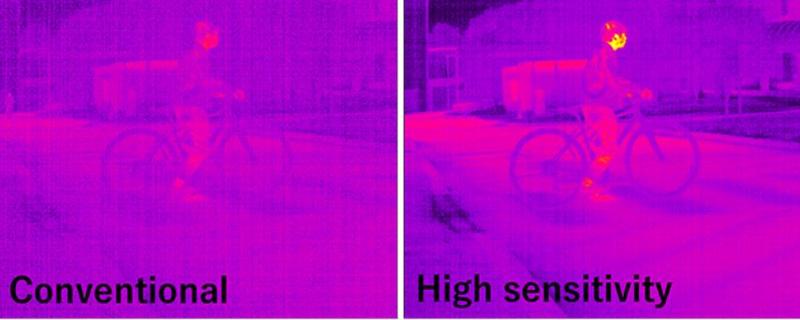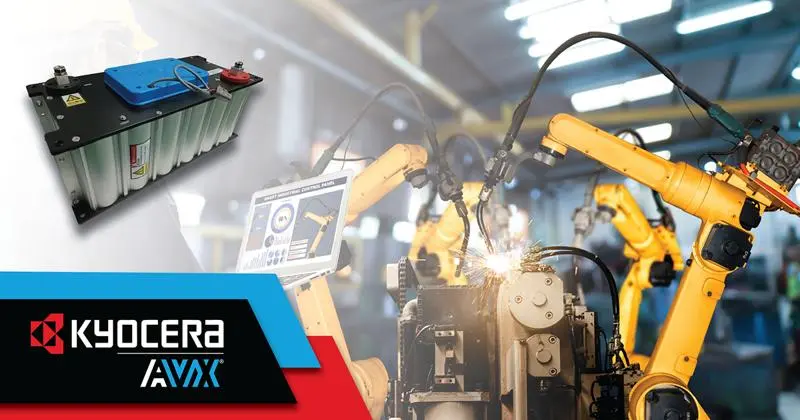
Meditations on photomultipliers
- Components
- 2023-09-23 22:09:35
A photomultiplier is a light detection device that consists of a specialized vacuum tube, which is constructed along the lines of Figure 1. Responding to as little as a single photon, these devices allow meaningful measurements to be made on very low light level inputs.
There is a collection of elements called dynodes placed between the photocathode and the anode which are biased at individual voltages by a string of resistors connected from the high voltage to ground. Each dynode is coated with a material which, when impinged upon by an incoming photon or an electron, emits secondary electrons that get accelerated by the electrostatic field between dynodes. Going from dynode to dynode yields more and more secondary electrons which, in the case of the last dynode, get accelerated to the anode where they get collected.
A single incoming photon striking the first dynode can yield a detectable output signal at the anode.
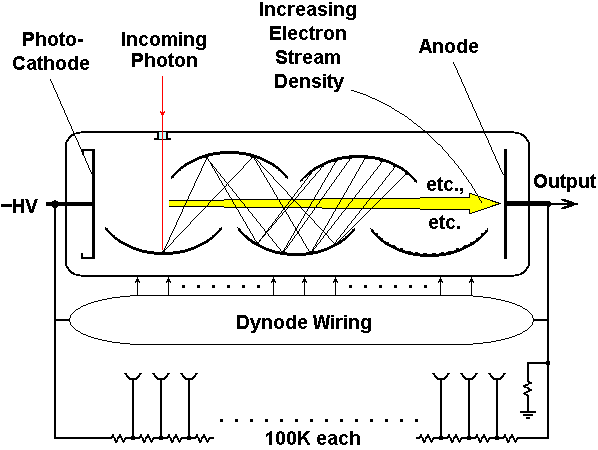



Figure 1 An illustration of the operation of a photomultiplier converting incoming photons/electrons into amplified electrical signals through the electrostatic field between the dynodes. Source: John Dunn
I always felt that the term “photomultiplier” is rather a misnomer. Each incoming photon sets off a cascade of events leading to a whole lot of electrons reaching the anode. This is more of an electron multiplying process, but the word is in our vocabulary so that’s that.
The University of Michigan once undertook an experiment to look for proton decay. The setup was in an abandoned Morton salt mine, a huge cavern, which was lined with photomultipliers and then filled with water. It was felt that the hydrogen atoms of each water molecule provided convenient exposure of the hydrogen atom’s nucleus which was a proton. If a proton were to spontaneously decay, there would be a light signature for the event which the photomultipliers would detect. I was employed at Bertan High Voltage at the time and the high voltage power supplies for the photomultipliers were made by you know who.
The experiment ran for a number of years during which no proton decay event was ever seen. However, the experiment was considered a success anyway because it set a new minimum value for proton decay half life. So far as I have read, there has never been any subsequent experiment that has detected proton decay either, but the present best theoretical estimate of the time to such an event was raised to 1029 years.
I don’t think I’ll wait.
John Dunn is an electronics consultant, and a graduate of The Polytechnic Institute of Brooklyn (BSEE) and of New York University (MSEE).
Related Content
Measure of neutrinos, nature’s most elusive particlesPhotodiodes and other Light Sensors, Part 1You did what?Slideshow: MINOS neutrino study hunts nature’s “ghost particles”Meditations on photomultipliers由Voice of the EngineerComponentsColumn releasethank you for your recognition of Voice of the Engineer and for our original works As well as the favor of the article, you are very welcome to share it on your personal website or circle of friends, but please indicate the source of the article when reprinting it.“Meditations on photomultipliers”


